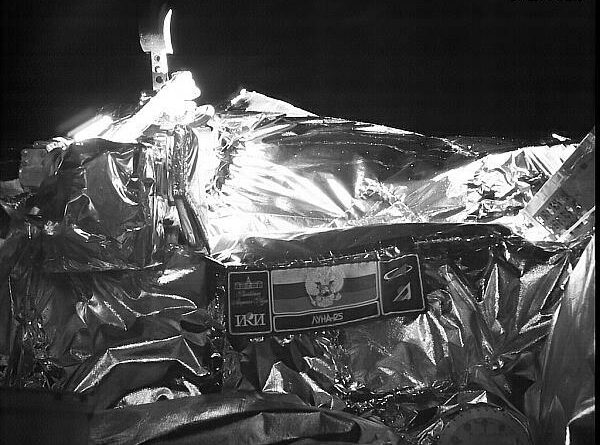En route to the moon, Russia beams back first mission images
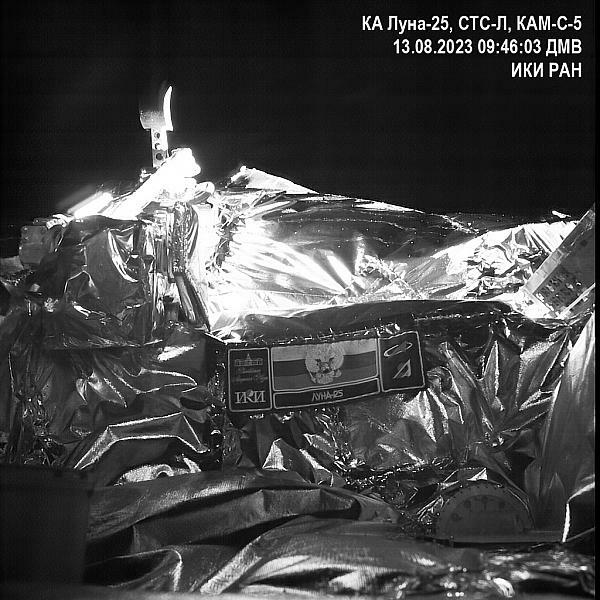
The space race is on.
Russia beamed back the first images from its Luna-25 spacecraft, the Russian space agency’s first mission to the moon since 1976. These photos arrived about a week after India’s Chandrayaan-3 craft captured footage of the deeply-cratered lunar surface. Both nations intend to land their science robots in the ice-rich lunar south pole in the coming week or two.
These first three photos, snapped from some 192,625 miles (310,000 kilometers) beyond Earth, show the lunar-bound spacecraft is in good shape and working as planned, the Space Research Institute of the Russian Academy of Sciences said in a statement.
“All instruments showed full operability and readiness for lunar exploration,” the institute noted.
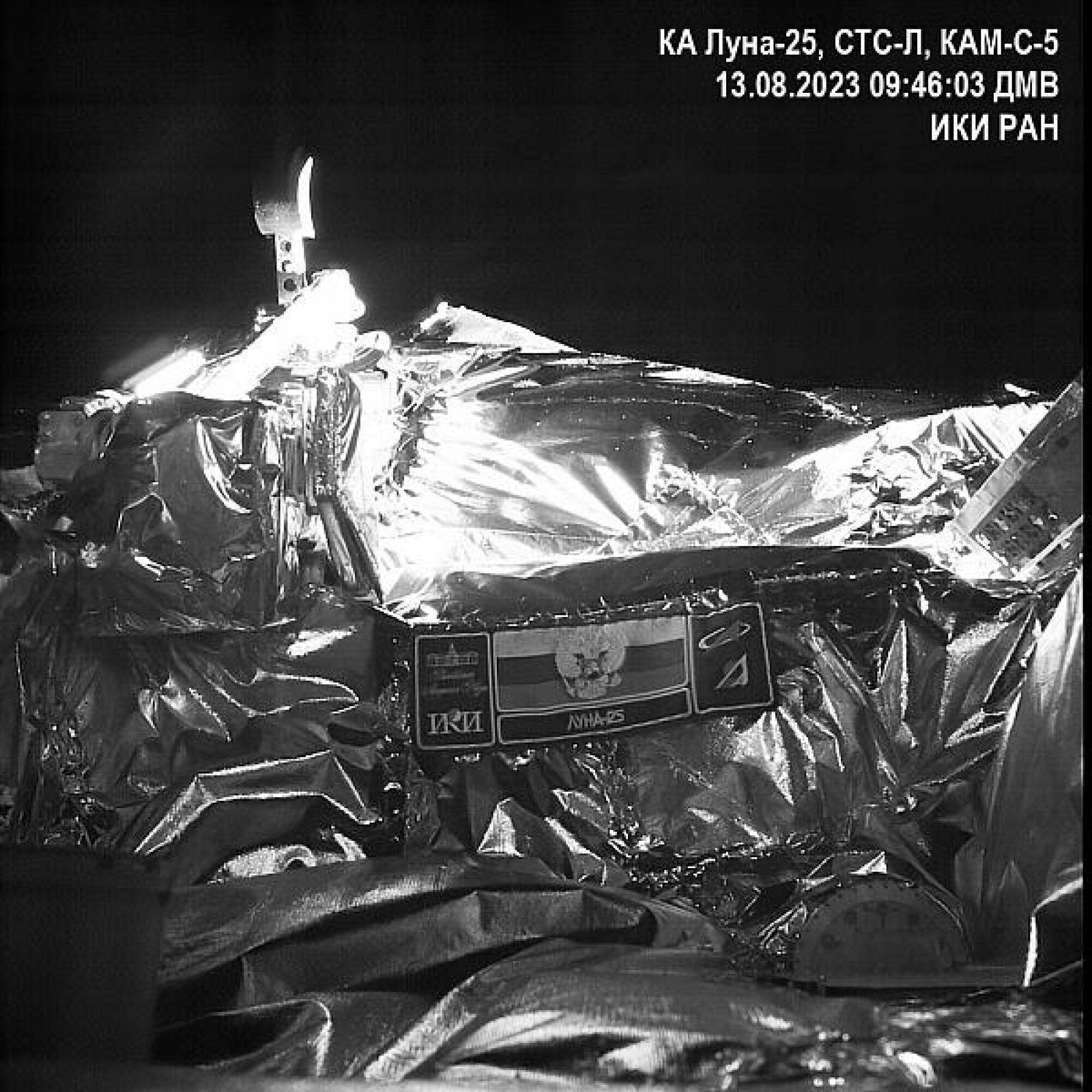
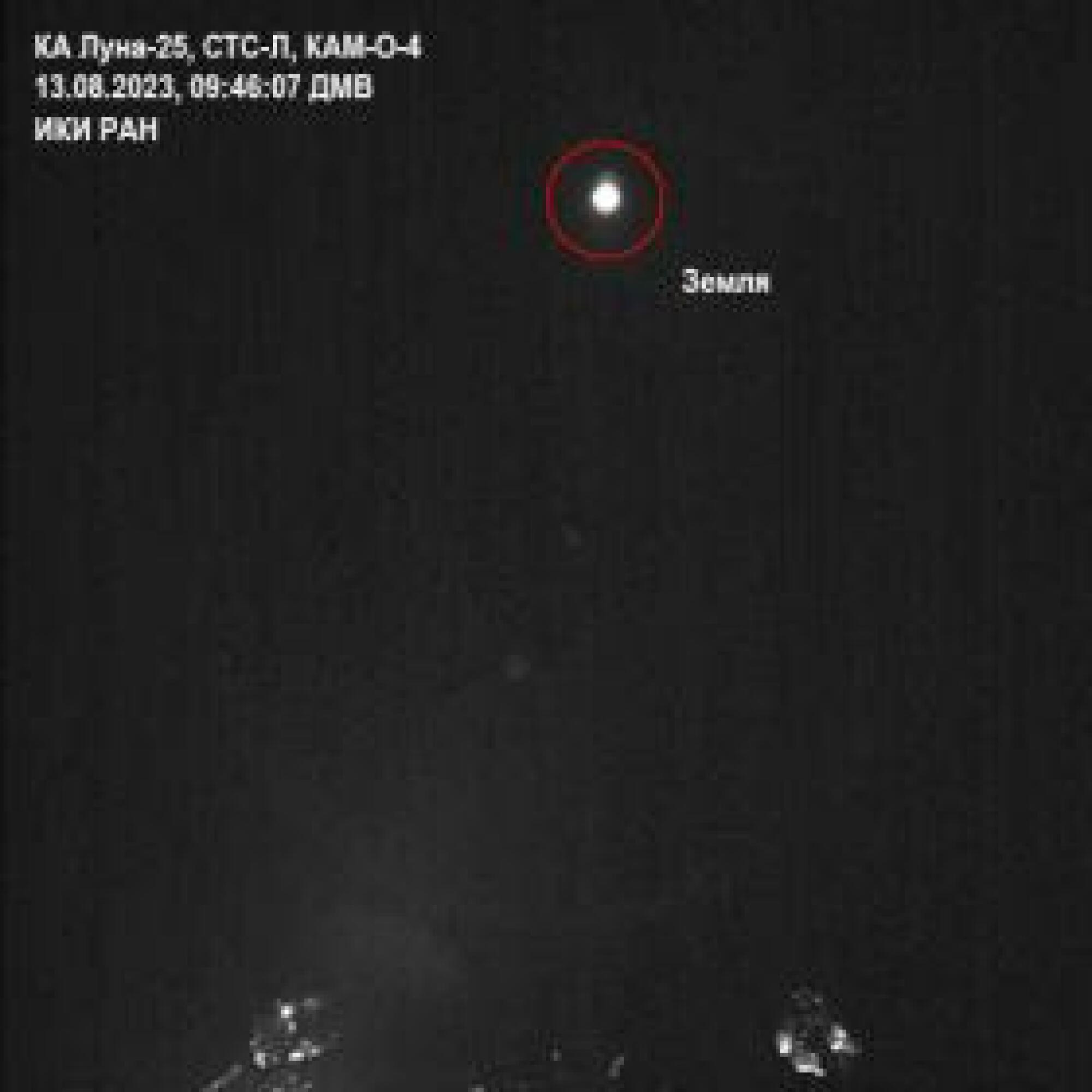
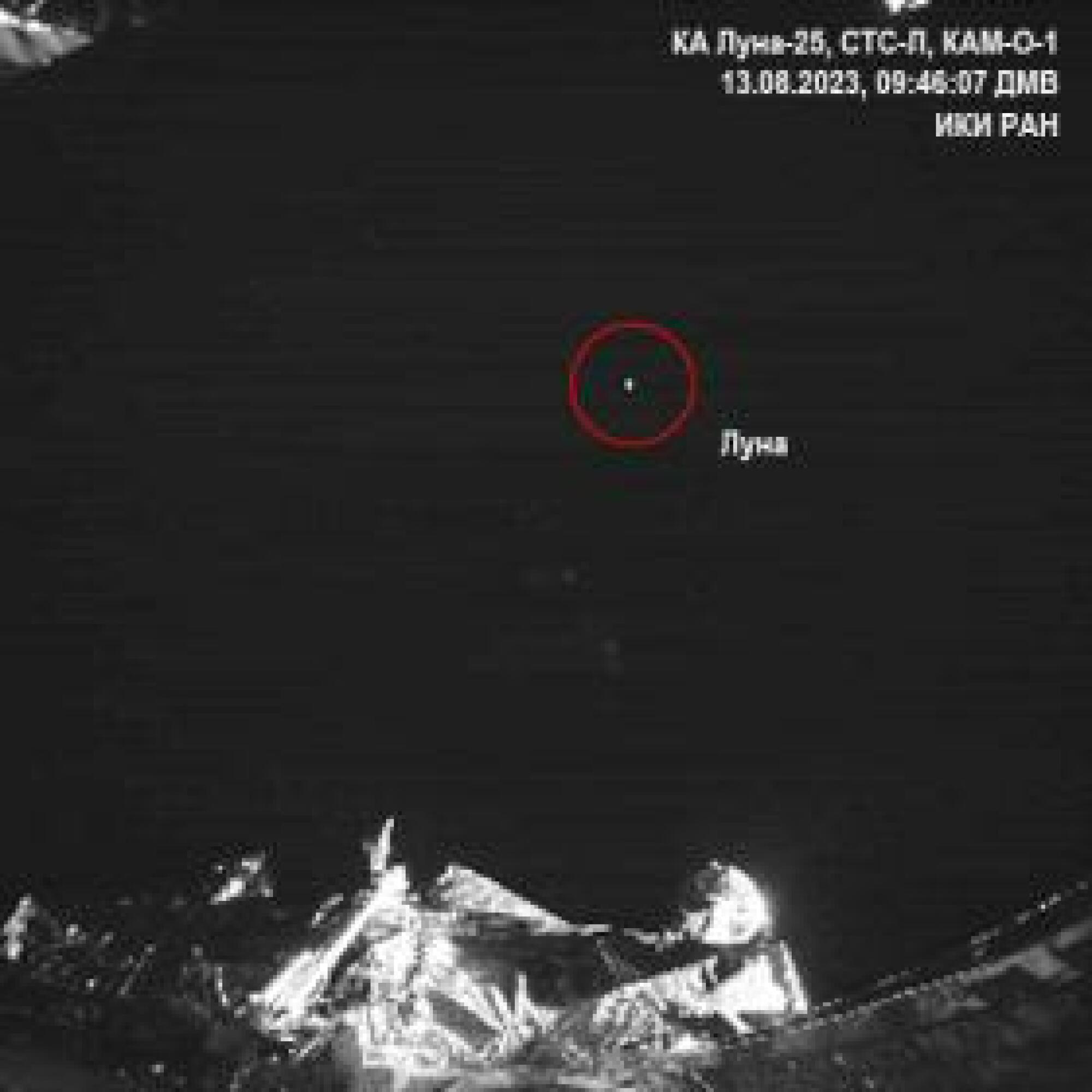
Want more science and tech news delivered straight to your inbox? Sign up for Mashable’s Light Speed newsletter today.
If all goes as planned, Luna-25 will touch down around August 21. The Soviet Union was the first nation to land on the moon with the uncrewed Luna-2 spacecraft in 1959, and proceeded to have a number of successful landings. But success in 2023 is far from guaranteed: Russia hasn’t flown a moon mission in nearly half a century, and any lunar spacecraft must contend with a number of obstacles, namely limited fuel, lack of GPS navigation, and the lack of an atmosphere to slow down.
Russia expects its Luna-25 mission to last a year, researching the moon’s radiation, natural resources, and conditions for future lunar explorers in the murky south pole craters.
Meanwhile, India’s Chandrayaan-3 lander and rover will attempt to settle down on the moon’s surface on around August 23. India has previously tried to land twice, and now hopes the third time is the charm.
Like NASA, both nations are deeply interested in ancient ice preserved in the lunar south pole. Humanity’s moon ambitions largely hinge on the availability of life’s essential resource: water.
